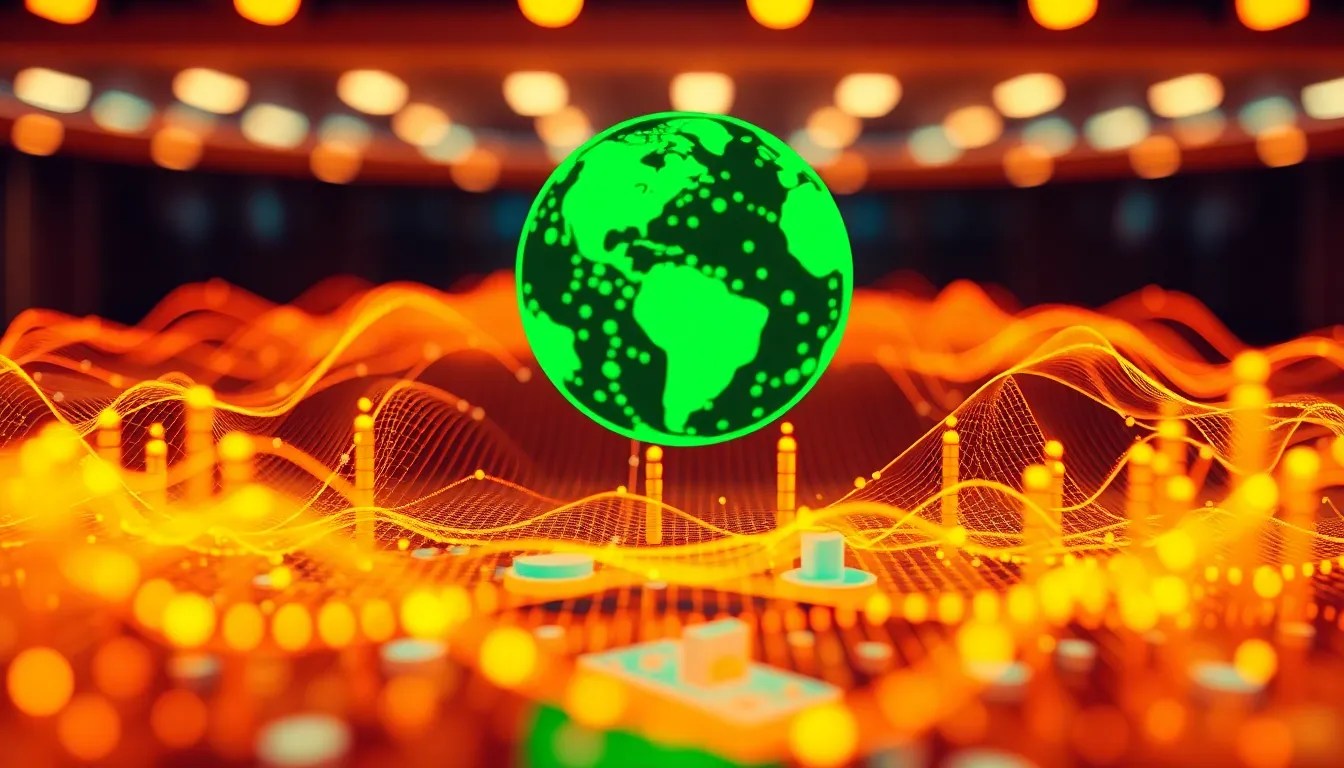The Future of Data Science: Innovations in Data Collection
I. Introduction
Data science is an interdisciplinary field that utilizes scientific methods, processes, algorithms, and systems to extract knowledge and insights from structured and unstructured data. In today’s data-driven world, the significance of data science cannot be overstated, as it plays a pivotal role in decision-making across various sectors including healthcare, finance, marketing, and more.
At the heart of data science lies data collection, which serves as the foundation for analysis and insights. Without accurate and relevant data, the conclusions drawn from data science endeavors can be flawed or misleading. This article explores the innovations in data collection that are shaping the future of data science, highlighting the evolution of methods, the role of artificial intelligence (AI), and emerging trends.
II. The Evolution of Data Collection Methods
A. Traditional Data Collection Techniques
Historically, data collection methods included surveys, interviews, and observational studies. These traditional techniques, while effective in gathering qualitative and quantitative data, often required significant time and resources.
B. Transition to Digital and Automated Methods
With the advent of technology, data collection has transitioned from manual processes to automated systems. Digital surveys, online panels, and web scraping have become common practices, enabling researchers to gather vast amounts of data more efficiently.
C. Current Trends in Data Collection Technologies
- Cloud-based data storage solutions for scalability and accessibility.
- Real-time data collection through mobile applications and online platforms.
- Integration of artificial intelligence to streamline data processing.
III. The Role of Artificial Intelligence in Data Collection
A. AI-driven Data Gathering Tools
AI-driven tools have revolutionized data collection, enabling automated data extraction and analysis. These tools can process large volumes of data from various sources, including social media, online transactions, and sensor data.
B. Machine Learning Algorithms for Data Analysis
Machine learning algorithms play a crucial role in analyzing collected data, identifying patterns, and making predictions. This capability enhances the quality of insights derived from data, allowing organizations to make informed decisions.
C. Ethical Considerations in Using AI for Data Collection
While AI offers significant advantages, ethical considerations must be addressed, including issues of bias in algorithms, transparency in data usage, and the potential for invasion of privacy.
IV. The Internet of Things (IoT) and Its Impact on Data Collection
A. Definition and Examples of IoT Devices
The Internet of Things (IoT) refers to the network of interconnected devices that communicate and exchange data over the internet. Examples include smart home devices, wearable fitness trackers, and industrial sensors.
B. How IoT Enhances Real-time Data Collection
IoT devices enable real-time data collection, providing continuous streams of data that can be used for immediate analysis. This capability is particularly beneficial in sectors such as healthcare, logistics, and environmental monitoring.
C. Challenges and Opportunities Posed by IoT Data
- Challenges: Data overload, security vulnerabilities, and interoperability issues.
- Opportunities: Enhanced decision-making, predictive maintenance, and improved customer experiences.
V. Advanced Data Collection Techniques
A. Crowdsourcing Data Collection Approaches
Crowdsourcing leverages the collective intelligence of the public to gather data. Platforms that allow users to contribute information can enhance data diversity and richness.
B. Use of Sensors and Wearables in Gathering Data
Sensors and wearable devices are increasingly being utilized for data collection in various fields. They provide valuable insights into human behavior, health metrics, and environmental conditions.
C. Innovations in Remote Sensing Technologies
Remote sensing technologies, such as satellite imagery and drones, offer new avenues for data collection, particularly in agriculture, forestry, and urban planning. These innovations allow for monitoring and analysis of large areas efficiently.
VI. Privacy and Security in Data Collection
A. Importance of Protecting Personal Data
As data collection becomes more pervasive, protecting personal data is critical. Individuals have a right to privacy, and organizations must be diligent in safeguarding sensitive information.
B. Regulations and Frameworks Governing Data Collection
Various regulations, such as the General Data Protection Regulation (GDPR) and the California Consumer Privacy Act (CCPA), have been established to govern data collection practices and protect consumer rights.
C. Strategies for Ensuring Data Security and Compliance
- Implementing robust encryption methods.
- Conducting regular audits and assessments of data practices.
- Training employees on data privacy and security protocols.
VII. Future Trends in Data Collection
A. Predictive Analytics and Its Implications for Data Collection
Predictive analytics utilizes historical data to forecast future outcomes. As data collection methods evolve, the ability to gather relevant data for predictive modeling will enhance decision-making capabilities across industries.
B. The Rise of Decentralized Data Collection Methods
Decentralized data collection methods, such as blockchain technology, offer secure and transparent ways to gather data. This approach can mitigate issues related to data manipulation and enhance trust among stakeholders.
C. Potential Impacts of Quantum Computing on Data Processing
Quantum computing holds the promise of revolutionizing data processing capabilities. As this technology matures, it may enable faster and more complex data analysis, opening new frontiers in data science.
VIII. Conclusion
In summary, the landscape of data collection is undergoing rapid transformation driven by technological advancements. From traditional methods to AI-powered tools and IoT devices, the innovations in data collection are setting the stage for the future of data science.
As we look ahead, it is imperative for researchers, businesses, and policymakers to embrace these new technologies and methodologies in data collection. By doing so, they can harness the power of data to drive insights and foster innovation in an increasingly complex world.



